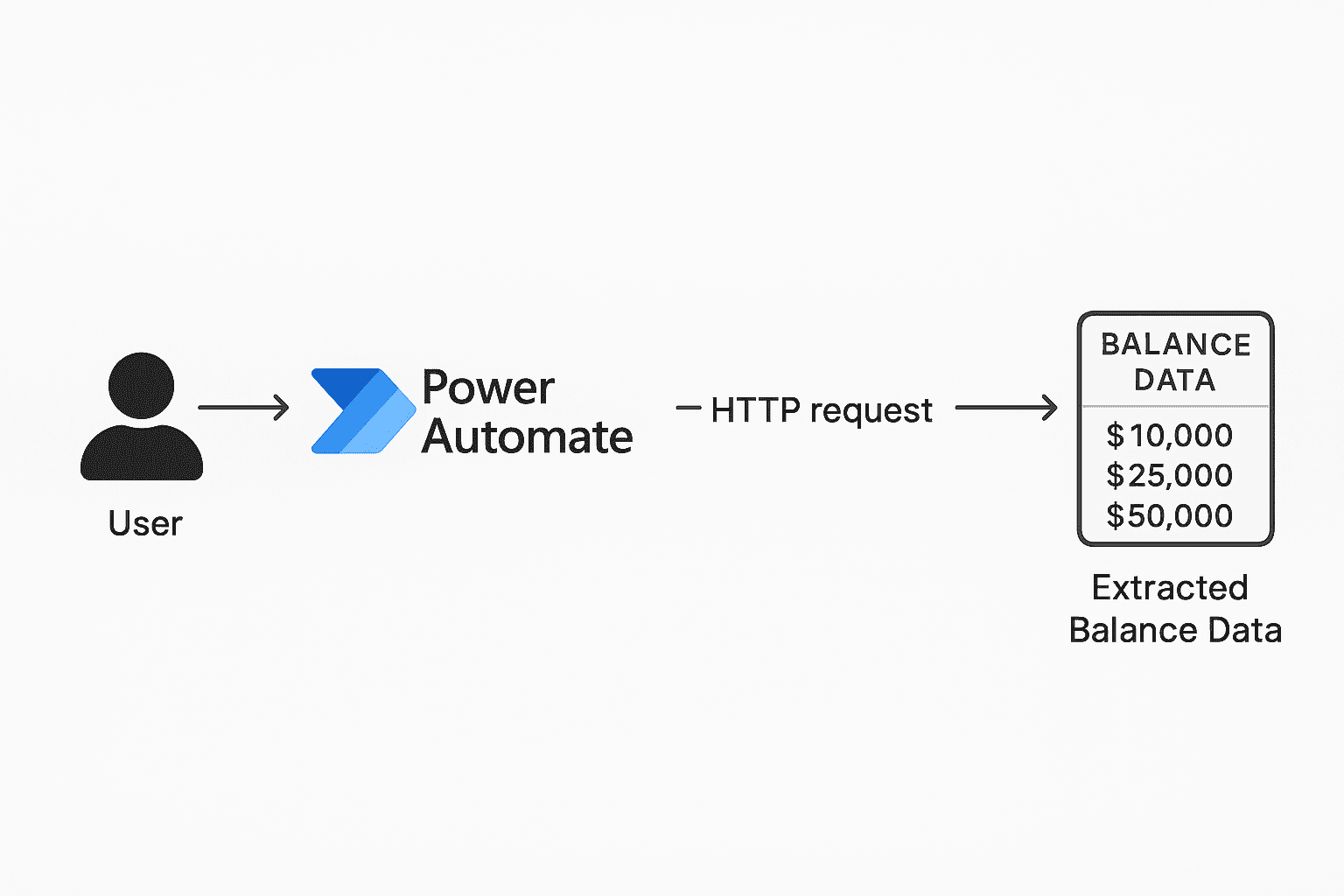The money market is an essential segment of the financial system that enables participants to manage liquidity, borrow, and invest in short-term instruments. A wide range of entities, including governments, financial institutions, and corporations, participate in the money market, each serving distinct roles and objectives. This chapter provides an in-depth overview of money market participants, their roles, and their interactions in this vital financial ecosystem.
- Overview of Money Market Participants
Money market participants can be broadly categorized based on their primary activities:
- Borrowers: Entities that seek short-term financing to meet liquidity needs.
- Lenders/Investors: Entities that invest surplus funds to earn low-risk returns.
- Intermediaries: Institutions that facilitate transactions between borrowers and lenders.
- Regulators: Authorities that oversee market operations to ensure stability and compliance.
- Key Participants in the Money Market
- Central Banks
- Role:
- Regulate and oversee the money market.
- Implement monetary policy by influencing short-term interest rates.
- Provide liquidity to financial institutions during market stress.
- Activities:
- Conduct open market operations (e.g., buying and selling government securities).
- Offer standing facilities like discount windows or repo facilities.
- Set benchmark interest rates (e.g., federal funds rate, repo rate).
- Commercial Banks
- Role:
- Act as both borrowers and lenders in the money market.
- Manage liquidity to meet daily cash flow and reserve requirements.
- Activities:
- Borrow funds via interbank lending or repo agreements.
- Lend surplus reserves to other banks or invest in money market instruments like treasury bills.
- Issue certificates of deposit (CDs) to raise funds.
- Governments
- Role:
- Raise short-term funding for budgetary needs.
- Manage cash flows efficiently.
- Activities:
- Issue treasury bills to fund short-term obligations.
- Participate in the secondary market to manage national debt.
- Corporations
- Role:
- Utilize the money market to manage working capital and short-term funding needs.
- Invest surplus cash for low-risk returns.
- Activities:
- Issue commercial paper to meet liquidity needs.
- Invest in money market instruments like CDs or treasury bills.
- Engage in repo transactions for short-term funding.
- Non-Banking Financial Institutions (NBFIs)
- Role:
- Act as lenders and borrowers in the money market.
- Provide an alternative source of financing outside traditional banking.
- Activities:
- Issue instruments like commercial paper or asset-backed securities.
- Invest in money market funds or high-quality debt instruments.
- Money Market Funds (MMFs)
- Role:
- Provide retail and institutional investors access to diversified, low-risk investments.
- Act as significant lenders in the money market.
- Activities:
- Invest in short-term instruments like treasury bills, commercial paper, and repos.
- Provide liquidity to the market while offering competitive returns to investors.
- Institutional Investors
- Role:
- Manage large pools of funds and seek low-risk, short-term investments.
- Participants:
- Pension funds, insurance companies, mutual funds, and hedge funds.
- Activities:
- Invest in treasury bills, repos, CDs, and other money market instruments.
- Retail Investors
- Role:
- Seek safe and liquid investment options for short-term goals.
- Activities:
- Invest indirectly through money market mutual funds or directly in treasury bills or CDs.
- Use money market accounts offered by banks for secure savings with higher returns.
- Brokers and Dealers
- Role:
- Act as intermediaries facilitating the purchase and sale of money market instruments.
- Activities:
- Provide liquidity by matching buyers and sellers.
- Operate in the secondary market for instruments like treasury bills, commercial paper, and CDs.
- Interactions Among Money Market Participants
The money market operates efficiently through the dynamic interactions of its participants:
- Central Banks and Commercial Banks:
- Central banks provide liquidity to commercial banks through open market operations and standing facilities.
- Commercial banks maintain reserves and manage liquidity by borrowing or lending in the interbank market.
- Corporations and Money Market Funds:
- Corporations issue commercial paper to raise short-term funds, which are often purchased by money market funds.
- Institutional Investors and Governments:
- Institutional investors provide funding to governments by purchasing treasury bills, ensuring stable financing for public projects.
- Brokers/Dealers and All Participants:
- Brokers and dealers connect borrowers and lenders, enhancing market liquidity and facilitating efficient price discovery.
- Regulatory Oversight of Money Market Participants
Money market activities are closely monitored to ensure stability and transparency:
- Regulatory Bodies:
- Central banks, securities regulators, and financial market authorities oversee money market operations.
- Examples include the Federal Reserve (USA), European Central Bank (EU), and Financial Conduct Authority (UK).
- Key Regulations:
- Capital and liquidity requirements (e.g., Basel III).
- Anti-money laundering (AML) and counter-terrorism financing (CTF) measures.
- Transparency requirements for money market funds to ensure investor protection.
- The Role of Technology in Money Market Participation
Technology has transformed the money market, enhancing efficiency and accessibility:
- Electronic Trading Platforms:
- Facilitate real-time trading of money market instruments.
- Reduce transaction costs and improve price transparency.
- Data Analytics:
- Enable participants to assess market trends and optimize investment decisions.
- Automation:
- Streamlines processes like settlement and reporting, reducing operational risks.
- Blockchain Technology:
- Promotes transparency and security in transactions.
- Enables real-time settlement and reduces counterparty risk.
- Challenges Faced by Money Market Participants
Despite its benefits, the money market is not without challenges:
- Liquidity Crises:
- Sudden market stress can reduce liquidity and disrupt normal operations.
- Credit Risk:
- Default by issuers, particularly for instruments like commercial paper, poses a risk to investors.
- Regulatory Compliance:
- Meeting stringent requirements can increase costs and complexity for participants.
- Interest Rate Volatility:
- Fluctuations in short-term interest rates can impact borrowing and investment decisions.
Conclusion
Money market participants are diverse, ranging from central banks to retail investors, each playing a crucial role in the market’s operation. Their interactions create a dynamic and efficient system for managing liquidity and short-term financing needs. Understanding the roles, objectives, and challenges faced by these participants is essential for navigating the money market effectively. By leveraging technology and adhering to regulatory standards, participants can optimize their involvement in this vital financial market.







Leave a Comment
You must be logged in to post a comment.